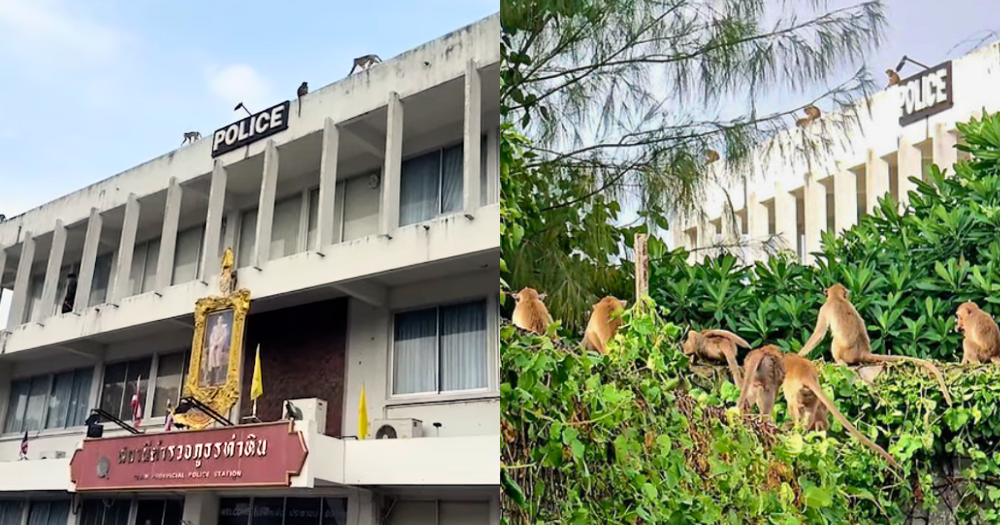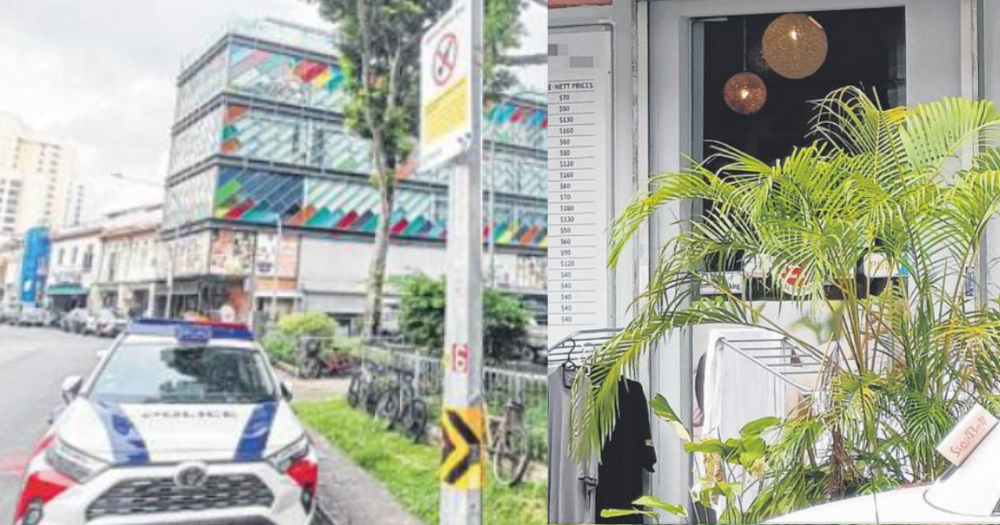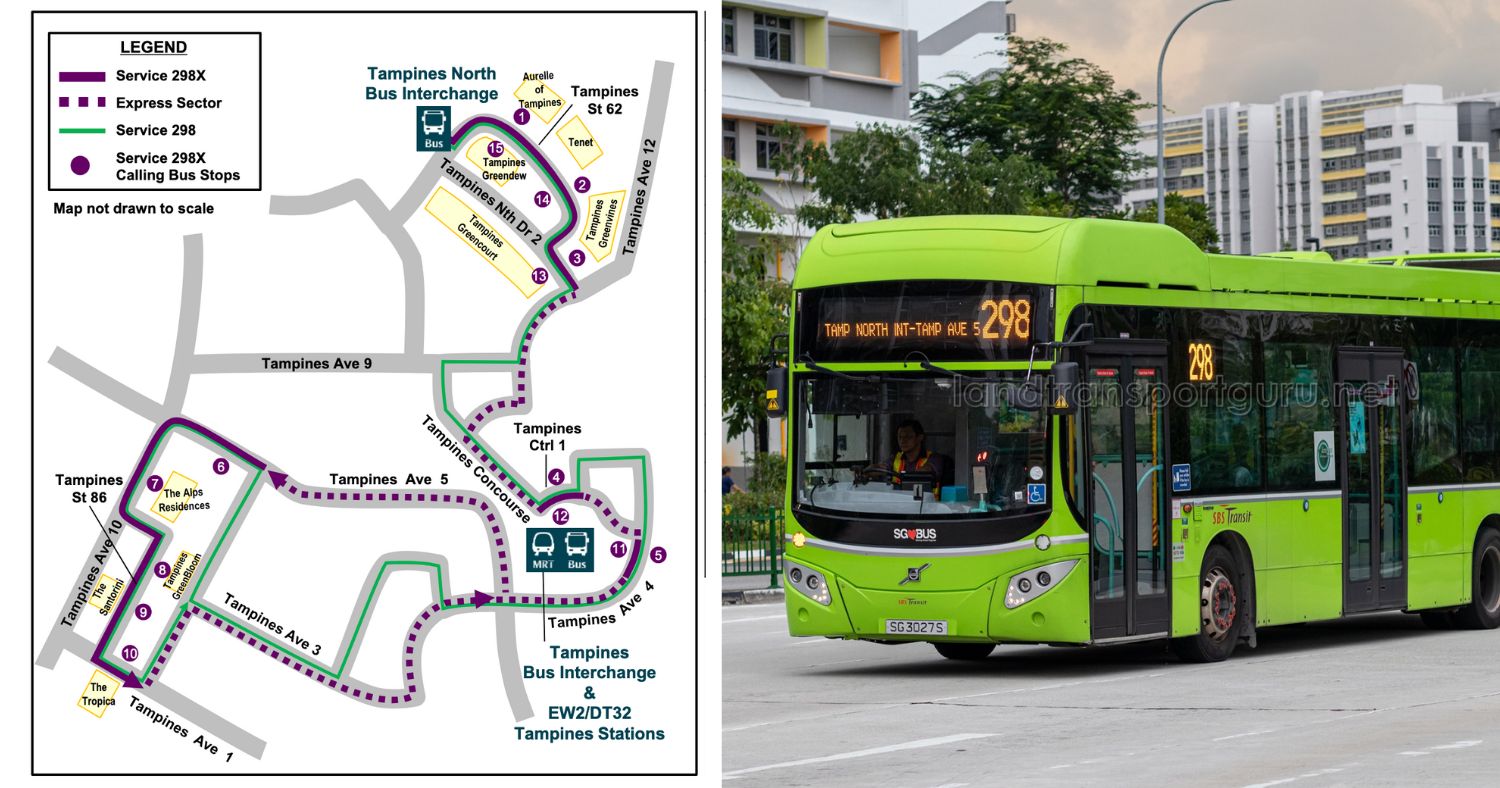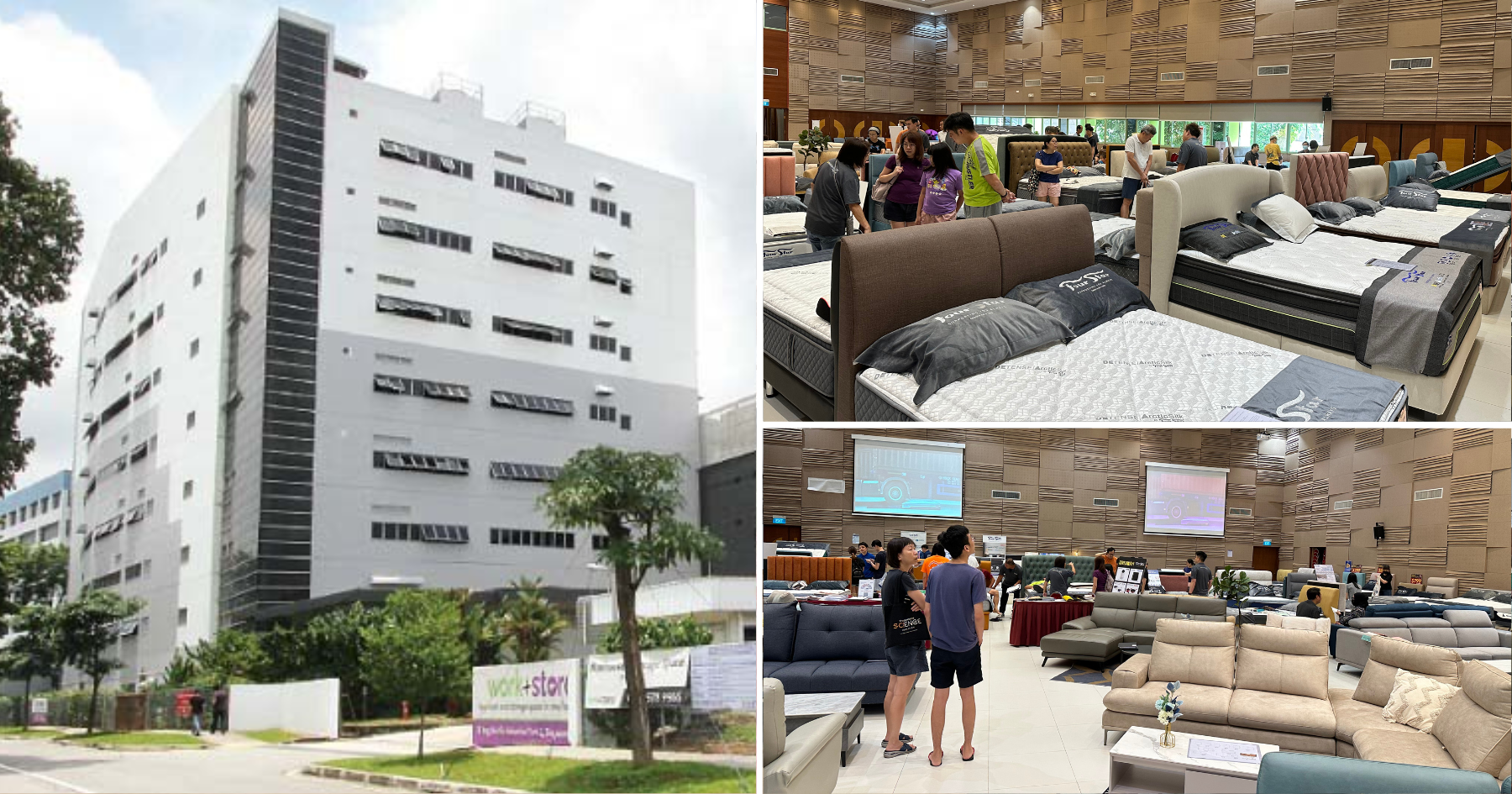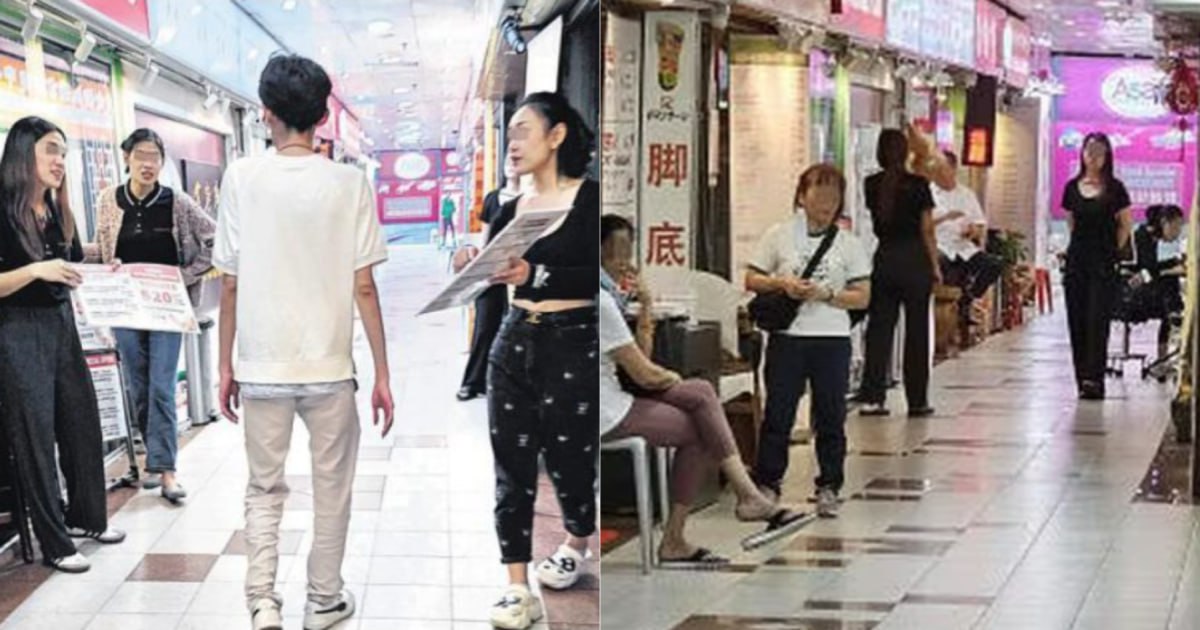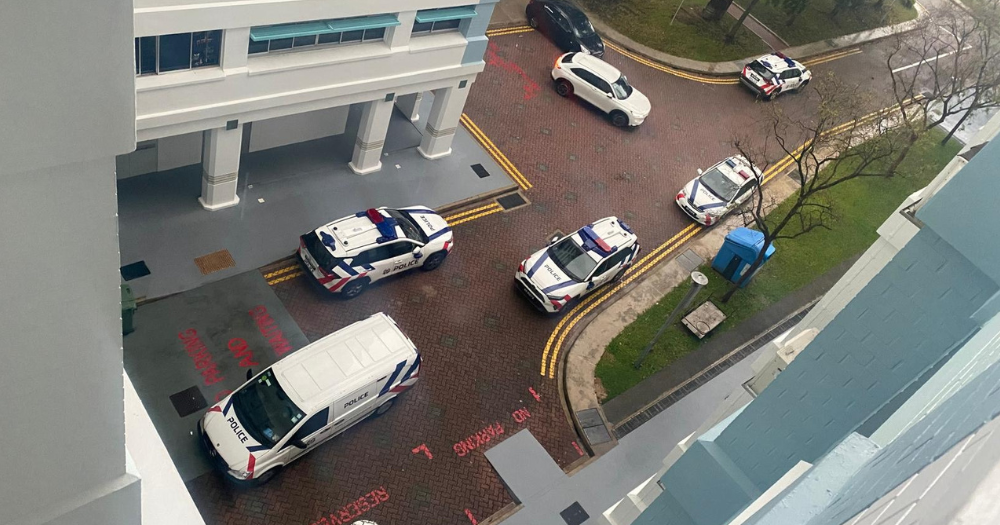How well do you know about S’pore’s progress over the past few years?
Think you know our little red dot? Time to find out.
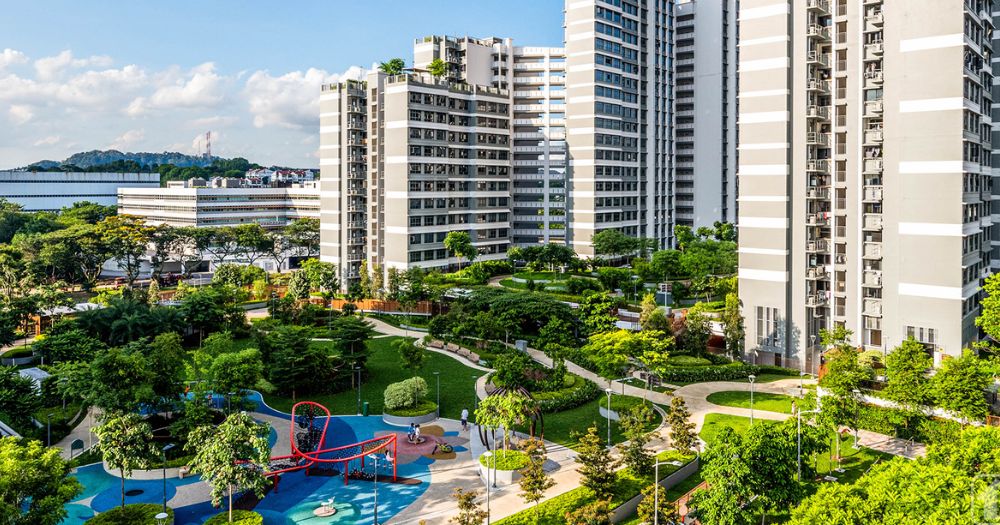
The Singapore public sector works in the background to push out policies and initiatives to improve Singapore.
Do you know what are some of these initiatives that you might have benefitted from?
The Singapore Public Sector Outcomes Review (SPOR) gives you an overview.
But first, here's a survey to see if you have been keeping up with some of the significant changes in our little red dot.
Disclaimer: No prizes for full marks, though.
What is the Singapore Public Sector Outcomes Review?
SPOR is a biennial report that looks at Singapore’s progress in key areas of national interest, ranging from lifelong learning, health, housing, sustainability, economy to security and diplomacy.
The Ministry of Finance (MOF) released the SPOR 2024 report on Nov. 1, 2024, highlighting key areas of progress and areas to do better.
Below are some findings that you may be interested in:
Education
The government has made progress in creating opportunities for Singaporeans at every stage of their lives from early education to retirement.
For instance, the number of full-day preschool places has increased.
In 2024, over 65 per cent of preschoolers were enrolled in government-supported schools.
Preschool education has also become more affordable as full-day childcare monthly fee caps for Anchor Operator (AOP) and Partner Operator (POP) preschools were lowered in 2023, and will be further lowered in 2025.
Today, each Singaporean child can benefit from around S$200,000 in education subsidies from preschool all the way through secondary school.
There are also more pathways and opportunities for students to pursue their interests and be recognised for their achievements in primary, secondary, and post-secondary education.
Jobs and Economy
What about adult Singaporeans? The 2024 SPOR report noted that the employment rate of residents aged 25 to 64 remained high at 82.6 per cent in 2023.
The share of employed residents in professional, managerial, executive, and technical positions has also increased from 58.4 per cent in 2019 to 62.6 per cent in 2023.
Residents’ wages also generally increased, and jobseekers were supported through various initiatives, such as the nationwide network of Jobs and Skills Centres and programmes for re- and upskilling like SkillsFuture.
98 per cent of SkillsFuture trainees surveyed in 2023 reported better work performance after training.
Between 2018 and 2023, real income increased faster for workers at the 20th percentile than at the median, even though it fell between 2022 and 2023.
Lower-wage workers will continue to be uplifted through initiatives such as the Progressive Wage model and the Workfare Income Supplement scheme.
Family and Housing
The next milestone after securing a job is *drumroll* marriage and maybe parenthood?
While Singapore’s resident total fertility rate had declined to 0.97 in 2023 due to fewer and later marriages and births, the report highlighted that young Singaporeans still aspire towards marriage and parenthood.
However, they are concerned about the financial costs of raising children, and difficulties in managing work and family commitments.
If this sounds relatable, fret not.
Did you know that in the past two years, more measures were introduced to support Singaporeans on these fronts? Since then:
- The Baby Bonus Scheme was enhanced for Singaporean children born on or after 14 February 2023, so that parents can receive sustained support until their child enters primary school.
- Government contributions to the Child Development Account have also been increased.
- Coupled with the Medisave Grant for Newborns and existing education and healthcare subsidies, these measures help manage child-raising costs.
- Parents can also look forward to measures such as 10 additional weeks of government-paid shared parental leave (phased implementation from 2025) and two additional weeks of mandatory government-paid paternity leave from 2025, to better manage their work and caregiving needs.
The government has provided affordable and accessible public housing, with shortened wait times. In 2023:
- Eight in 10 resident households live in HDB flats, with over nine in 10 owning their homes.
- Over eight in 10 first-time flat buyers with HDB loans actually spent less than a quarter of their monthly income servicing their mortgage using their CPF contributions, with little to no cash outlay.
- Median wait time for BTO flats improved to three years and 10 months, from about five years in 2022 (when there were construction delays due to the COVID-19 pandemic). 2,800 Shorter Waiting Time flats were also launched in 2024, to further reduce wait time.
Housing estates were also rejuvenated through various initiatives such as the Home Improvement Programme (HIP) and the Neighbourhood Renewal Programme (NRP).
About seven in 10 flats built before 1998 have undergone the HIP, and all eligible blocks built before 1996 have been selected for the NRP.
Transport, Environment and Sustainability
Singaporeans’ travel times have shortened with the expansion of public transport.
With the opening of Stage Four of the Thomson-East Coast Line, travel times to the east have reduced by up to 50 per cent.
92 per cent of residents could walk, cycle, or ride (WCR) to their nearest neighbourhood centre within 20 minutes, while 67 per cent of residents could commute to work within 45 minutes via WCR modes during peak periods.
Measures have also been taken to protect our natural environment and strengthen our resilience in energy, food, climate, and water. Here are some examples:
- Singapore has doubled its solar power deployment and electrified more vehicles, making steady progress towards net zero emissions target by 2050.
- 187 countries and regions are included as Singapore’s food supply sources in 2023.
- Over 40 hectares of forest, coastal, and marine habitats have been restored and enhanced.
- Drainage improvement works have been completed in over 20 locations to improve resilience against flash floods.
- More than one million water-saving devices such as tap thimbles have been provided to households to help them reduce water usage.
Forward Singapore
And last but not the least, the Forward Singapore (ForwardSG) exercise that was launched in June 2022.
It brought together over 200,000 Singaporeans to share their aspirations and chart a roadmap for Singapore’s next stage of development.
Embodying the spirit of ForwardSG, Singaporeans, communities, and businesses have stepped forward to partner with the government to support and uplift those around us.
An example is ComLink+, which has seen about 1,600 volunteer befrienders journeying with ComLink+ families, as well as corporates/philanthropic organisations contributing to financial top-ups, to empower lower-income families with children as they progress towards stability, self-reliance, and social mobility.
Interested to learn more about how Singapore has fared in other areas?
Read the full report here.
This sponsored article by the Ministry of Finance made this writer feel more seen and heard as a citizen.
Top photo via Housing & Development Board/Facebook
MORE STORIES










